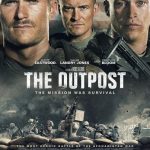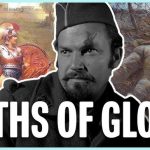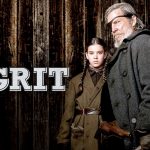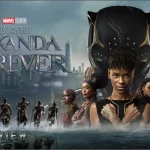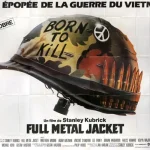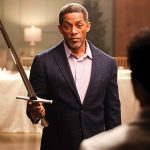The Hobbit: The Battle of the Five Armies (2014) – The Epic Conclusion to Bilbo’s Adventure and Middle-Earth’s Defining Battle
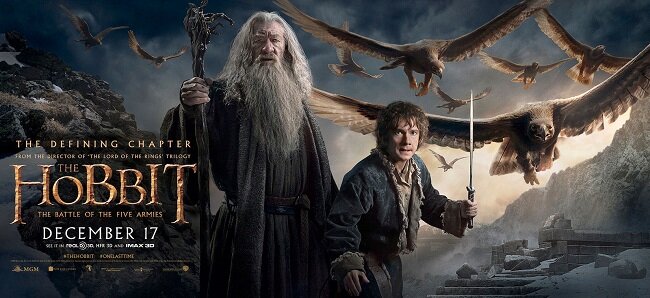
The Hobbit: The Battle of the Five Armies, directed by Peter Jackson, is the grand finale to The Hobbit trilogy and brings J.R.R. Tolkien’s world of Middle-earth to a climactic and visually breathtaking end. Picking up directly after the events of The Desolation of Smaug, this final chapter dives into an all-out war as the forces of dwarves, elves, men, orcs, and goblins clash at the Lonely Mountain. While it’s packed with action and stunning visuals, the film also explores themes of greed, loyalty, and the cost of war.
🧭 Plot Overview: The Fight for the Lonely Mountain
The story begins with the dragon Smaug (voiced by Benedict Cumberbatch) unleashing destruction upon Lake-town, forcing the townspeople, led by Bard the Bowman (Luke Evans), to fight for survival. After Smaug’s defeat, the treasures within the Lonely Mountain are up for grabs, igniting tensions between various factions—Thorin Oakenshield (Richard Armitage), the dwarven king under the mountain, refuses to share the wealth he believes rightfully belongs to his people.
However, as Thorin succumbs to “dragon-sickness,” a consuming greed and paranoia, he loses sight of his allies and his own honor. Meanwhile, an army of orcs led by Azog the Defiler marches toward the Lonely Mountain, intending to claim the stronghold and its resources. As tensions rise and alliances shift, Bilbo Baggins (Martin Freeman) tries to broker peace and bring sense to the chaos around him. Ultimately, the armies clash in an epic battle where heroes are made, sacrifices are honored, and the fate of Middle-earth hangs in the balance.
⚔️ A Battle of Epic Proportions and Stunning Visuals

True to Peter Jackson’s vision, The Battle of the Five Armies delivers on breathtaking action with one of the largest battles ever depicted in fantasy cinema. The scale of the conflict is enormous, featuring intricate combat sequences, aerial fights with giant eagles, and moments of bravery from characters like Legolas (Orlando Bloom), Tauriel (Evangeline Lilly), and Bard. The choreography emphasizes each faction’s unique fighting style, from the agility of the elves to the brute strength of the dwarves, creating visually distinct clashes that keep the action dynamic.
The film’s visual effects, especially the portrayal of Smaug and the large-scale battles, are meticulously crafted, enhancing the story’s intensity and emotional stakes. Jackson’s use of New Zealand’s landscapes alongside CGI enhances the sense of a vast, immersive world that feels both magical and perilous. The film’s cinematography captures the grandeur and brutality of war, underscoring the cost of victory and the devastation that follows.
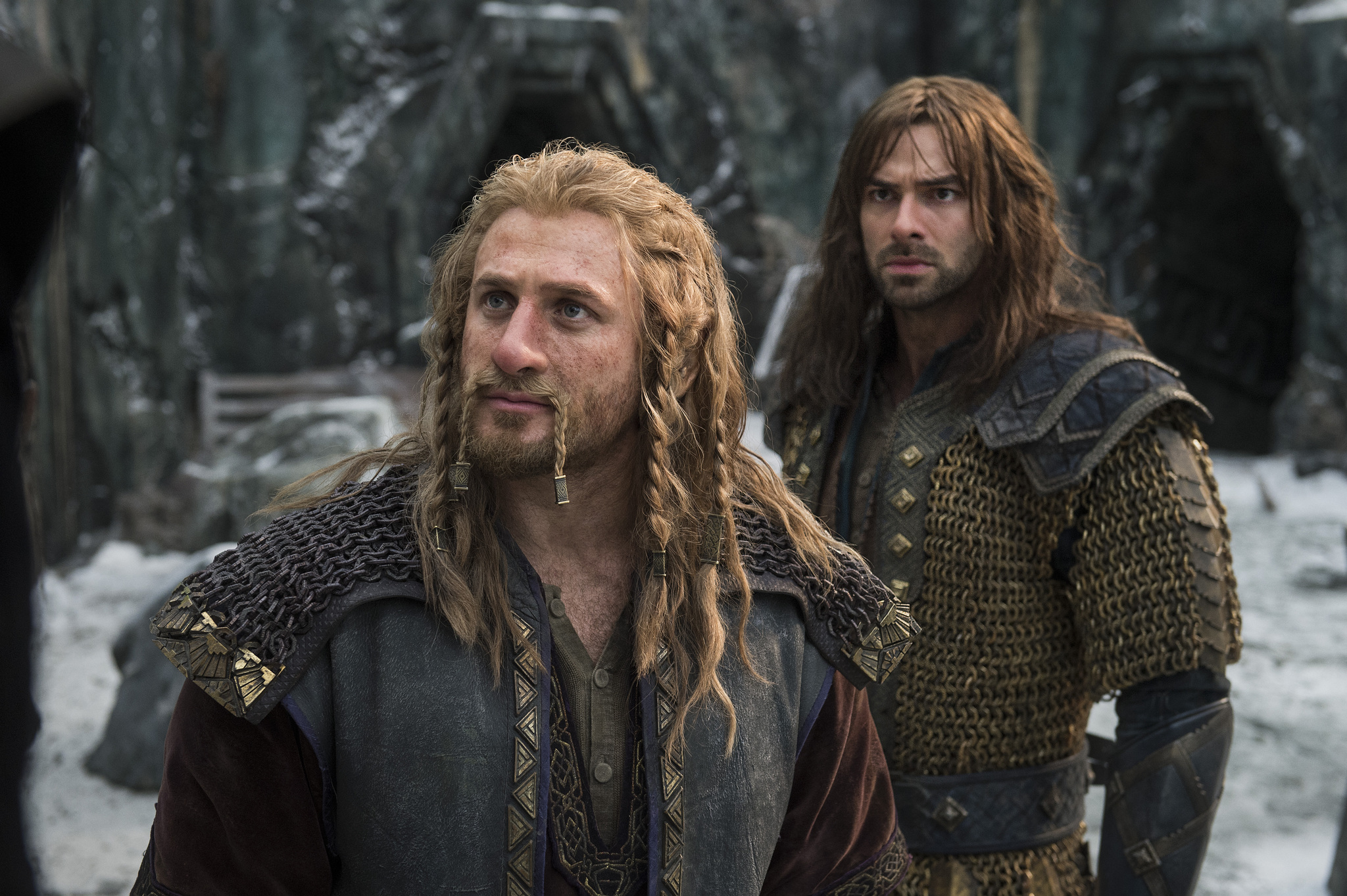
🎬 Film Details:
- Title: The Hobbit: The Battle of the Five Armies
- Director: Peter Jackson
- Release Date: December 17, 2014
- Cast: Martin Freeman (Bilbo Baggins), Richard Armitage (Thorin Oakenshield), Ian McKellen (Gandalf), Luke Evans (Bard the Bowman), Evangeline Lilly (Tauriel), Lee Pace (Thranduil), Orlando Bloom (Legolas), Benedict Cumberbatch (Smaug/Voice of Sauron)
- Genre: Fantasy, Action, Adventure
- Runtime: 2h 24m
- Box Office: $956 million (global)
💡 Themes of Greed, Honor, and the Price of War
At its core, The Battle of the Five Armies is a story about the destructive power of greed. Thorin’s “dragon-sickness” becomes a central element, as he loses his sense of loyalty and honor in pursuit of gold and power, creating conflict even among his closest allies. His journey is both tragic and redemptive, highlighting the danger of letting ambition and pride cloud one’s judgment.
The film also explores the cost of war and the sacrifices made by those who fight for what they believe is right. Characters like Bard, who steps up as a leader to protect his people, and Bilbo, who values friendship over treasure, represent the nobler side of this conflict. The battle scenes, while thrilling, are tinged with a sense of loss, reminding viewers that war, even when justified, comes at a high price.

🧙 Character Arcs and Final Moments
Martin Freeman’s Bilbo Baggins is at the heart of the story, providing a relatable perspective amid the chaos. His courage, loyalty, and moral compass shine as he navigates a world increasingly consumed by greed and violence. Bilbo’s interactions with Thorin, especially in the latter’s moments of vulnerability, add an emotional depth that reminds viewers of the personal connections at stake.
Thorin’s arc from prideful king to fallen hero is a powerful aspect of the film, capturing the weight of his legacy and his ultimate redemption. Gandalf (Ian McKellen) continues to guide and protect, while characters like Legolas and Tauriel bring moments of valor and compassion. Their arcs are woven together to conclude the trilogy in a way that feels both epic and intimate, showing the different ways individuals respond to adversity.
⭐ Final Verdict: An Action-Packed, Emotional Conclusion to Middle-Earth’s Second Trilogy

The Hobbit: The Battle of the Five Armies is a fitting end to Bilbo’s journey, blending high-stakes action with moments of emotional depth and moral reflection. Though it deviates from the tone of Tolkien’s original Hobbit novel, the film amplifies the scale of its source material, creating an epic story that pays homage to Jackson’s larger Lord of the Rings trilogy. With breathtaking visuals, an engaging cast, and resonant themes, it’s a film that will satisfy fans of Middle-earth and fantasy cinema alike.
For those who enjoy the spectacle of battle, the nuance of character-driven storytelling, and the grandeur of Tolkien’s world, The Battle of the Five Armies offers a thrilling conclusion that celebrates the strength of friendship, honor, and the resilience of the human (and hobbit) spirit.

